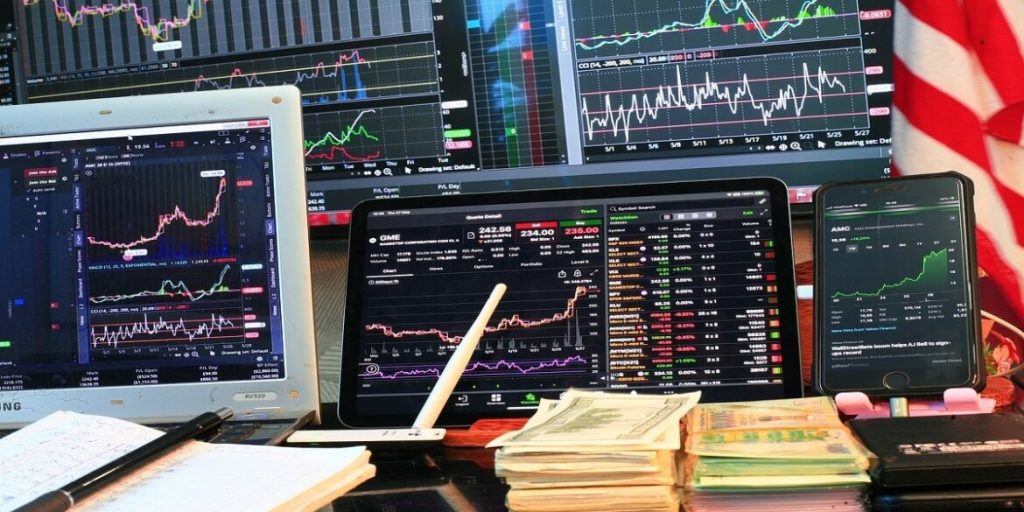Although official figures indicate that the U.S. economy continues to grow at a solid pace, several states are at risk of falling into recession, according to Mark Zandi, chief economist at Moody’s Analytics.
In a recent analysis, Zandi revealed that 22 states, along with Washington, D.C. — representing about one-third of the total U.S. GDP — are either already in recession or highly vulnerable to entering one. He added that these regions, spread across the country, “show clear signs of slowdown,” while another third of the states are “stagnating,” and the rest continue to grow, though at a gradually slowing rate.
These estimates come despite strong national performance in the second quarter, when the U.S. GDP grew at an annual rate of 3.8%, according to data from the Bureau of Economic Analysis. Forty-eight states recorded increased output during the same period. However, Zandi warned that risks remain elevated, pointing to inflation, a weakening labor market, and declining consumer confidence as a combination that threatens sustained growth in the coming months.
State Economies Hold the Key to U.S. Growth
The economist explained that his assessment is based on a “set of coincident indicators of economic activity”, similar to the methodology used by the National Bureau of Economic Research (NBER), the body responsible for officially declaring U.S. recessions. These indicators include data on employment, industrial production, personal income, retail sales, and building permits, in addition to other signals such as unemployment claims, housing prices, and state tax revenues.
Zandi noted that Washington, D.C. is suffering more than other regions due to federal job cuts and furloughs, while Texas, one of the nation’s economic powerhouses, continues to post steady growth. Meanwhile, California and New York fall into what he called “slow recession” or “stagnation without progress.”
Zandi warned that the future of the U.S. economy may hinge on the performance of these two key states, emphasizing that:“If California and New York begin to contract, the national economy will enter a recession. But if they remain stable or regain momentum, the country can avoid a downturn.”
Inflation Pressures and Economic Crosswinds
Some experts believe that slower hiring and the expiration of tariff reductions could lead businesses to raise prices in the coming months, potentially reflected in official inflation data. Joe Gagnon, a researcher at the Peterson Institute for International Economics, said:“Companies were waiting to see if the administration would cut tariffs, but since it’s now clear that won’t happen, many are preparing to pass higher costs on to consumers.”
Zandi’s estimates suggest that the U.S. economy faces “crosswinds” — downward pressure from deglobalization and restrictive trade policies, countered by strong momentum from AI investments, stock market gains, and household wealth growth. He believes the way these conflicting forces interact will determine whether the economy continues to expand or edges closer to a new recession.

